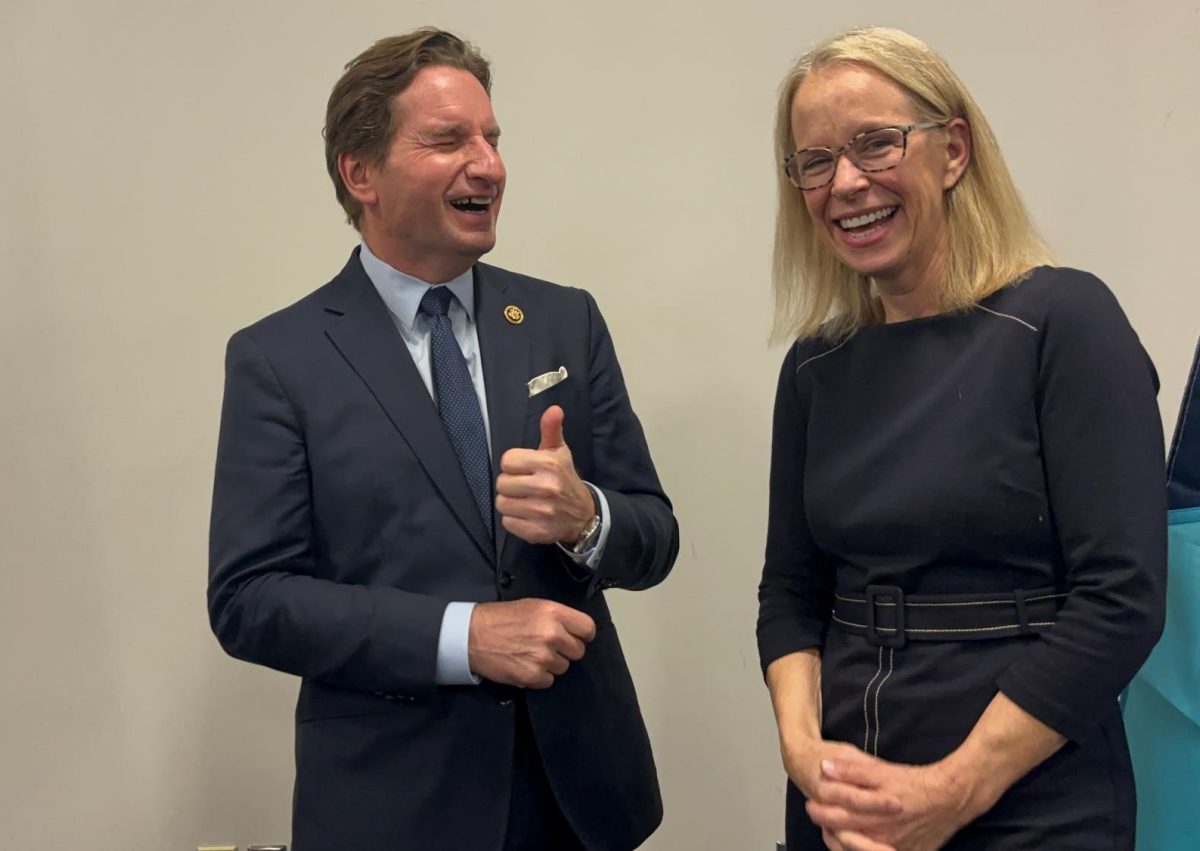Another year, another adjustment towards Legacy Day. In the last few years, we’ve seen a major annual shift in the Convocation/Legacy Day tradition. The events were previously a singular day where groups would spend extended time together to bond and make significant changes.
Legacy Day once consisted of speeches, service, and bonding as one day in September; however, after COVID hit, Legacy Day faced some major changes. As Blake returned to learning in person, Legacy Day moved to April instead of September. The next year, Legacy Day was split into two half-days.
We now have the newest implementation: school after Convocation. In every Blake student’s experience, no year of Convocation/Legacy has had the same policies since COVID. Whether you are new to the practice completely or attended Blake since Pre-K, not one person has recently experienced a consistent Legacy Day program, raising the primary question: is Legacy Day still a tradition? With new-fangled additions to this cherished and unique Blake practice, the once-routine tradition is morphing into something unfamiliar.
In my experience, I can’t help but feel slightly cheated out of an experience I have desired since third grade. The impact of spending an extended period—beyond a half day—with older kids still sits with me. Even now, I vividly remember walking from the gym at Convocation to desperately trying to find my group number.
As I walked towards the group, I was excitedly nervous to interact with both older and Highcroft kids. I distinctly remember the long trek with my high school buddies to the ice arena to pack food. We would play, eat lunch together, sit and talk— just enjoy the age differences between each other.
While not necessarily a universal Blake experience, Legacy Day provides an opportunity to form formative inter-grade relationships regardless of grade level. Unfortunately, the major experimentation with the schedule in these past years has arguably hindered these experiences.
I don’t inherently mind changing the traditions of Legacy Day—in fact, I believe many welcome new additions. For example, even younger ELC kids are now paired with 9th graders; a mutually positive experience.
Even schedule change isn’t necessarily a problem either; however, the issue lies in the shortened bonding time established in a half-day and the additional required school afterward. Jojo Arlowe ‘25 corroborates this, furthering that “everyone was excited last year when we had that half day and then just go out, maybe hang out with some friends.”
Arlowe notes that the half-day wasn’t necessarily disliked initially, as it provided some free time for students. She also states that “it was still nice to have that hour and a half break, but for some people, I know it was a little short… which caused people to come back to class a little unfocused.”
Arlowe brings up a notable point: students may come back unfocused after spending time with both high-energy kids and with friends. Even if a half day itself is not unwelcome by the majority of the student population, the idea of school after Convocation is not favored.









